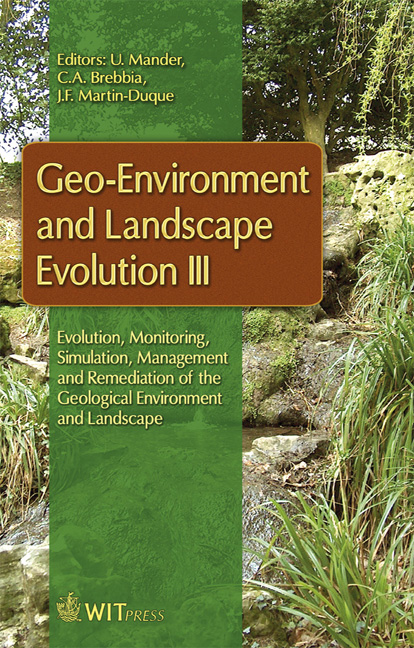Developments In Land Use In A Periurban Area Of Central Portugal: The Importance Of Biophysical Parameters
Price
Free (open access)
Transaction
Volume
100
Pages
9
Page Range
109 - 117
Published
2008
Size
983 kb
Paper DOI
10.2495/GEO080111
Copyright
WIT Press
Author(s)
R. L. Pato, A. Tavares & M. C. Magalhães
Abstract
This study analyses the evolution of a rural/natural area into a periurban area, with reference to a small-scale hydrological basin close to the city of Coimbra, in Portugal, over the last half century (1958-2005). It involves a photointerpretation analysis using aerial images, together with field work carried out to record land use and human occupation between 1958 and 2005, based on the Corine Land Cover classification. Using a broad biophysical classification, the importance of biophysical parameters to changes in land use was verified. The results show that until the 1970s, geological and pedological variables determined forestry and agricultural land use. Subsequently, between 1979 and 1990, urban occupation and the building of infrastructures increased, but bore no relation to substratum properties. Whilst the basin has contrasting E-W biophysical characteristics, urban occupation has emphasised a N-S differentiation. The current lesser relevance of biophysical factors in relation to land use has increased local environmental vulnerabilities. Keywords: land use, photointerpretation, biophysical parameters, hydrographical basin, urban expansion. 1 Introduction Landscape evolution and changes in land use management are a consequence of complex interactions between environmental and socio-economic factors. The
Keywords
land use, photointerpretation, biophysical parameters, hydrographical basin, urban expansion.





